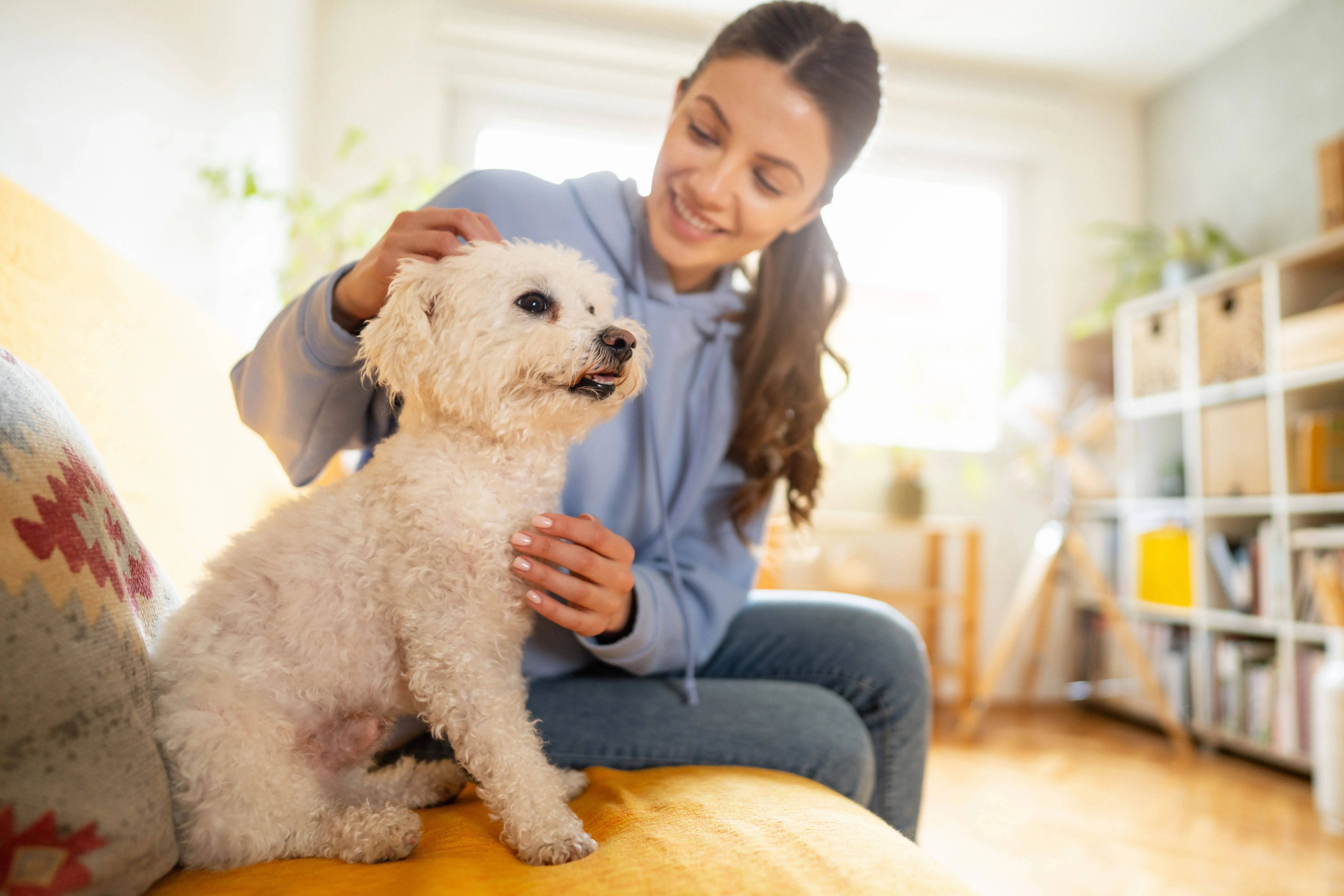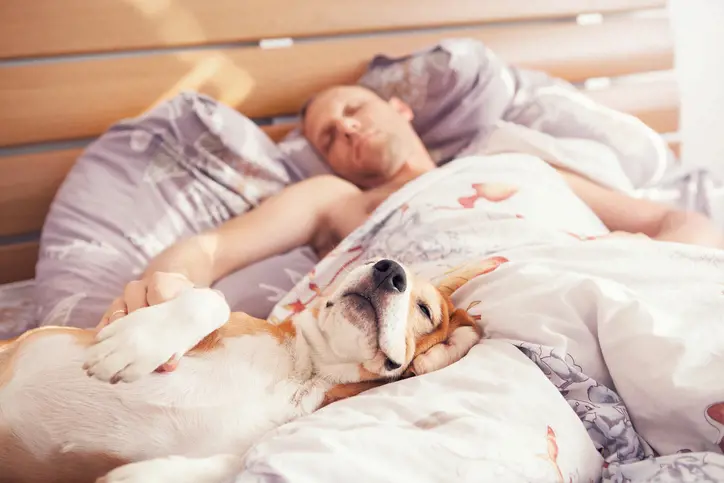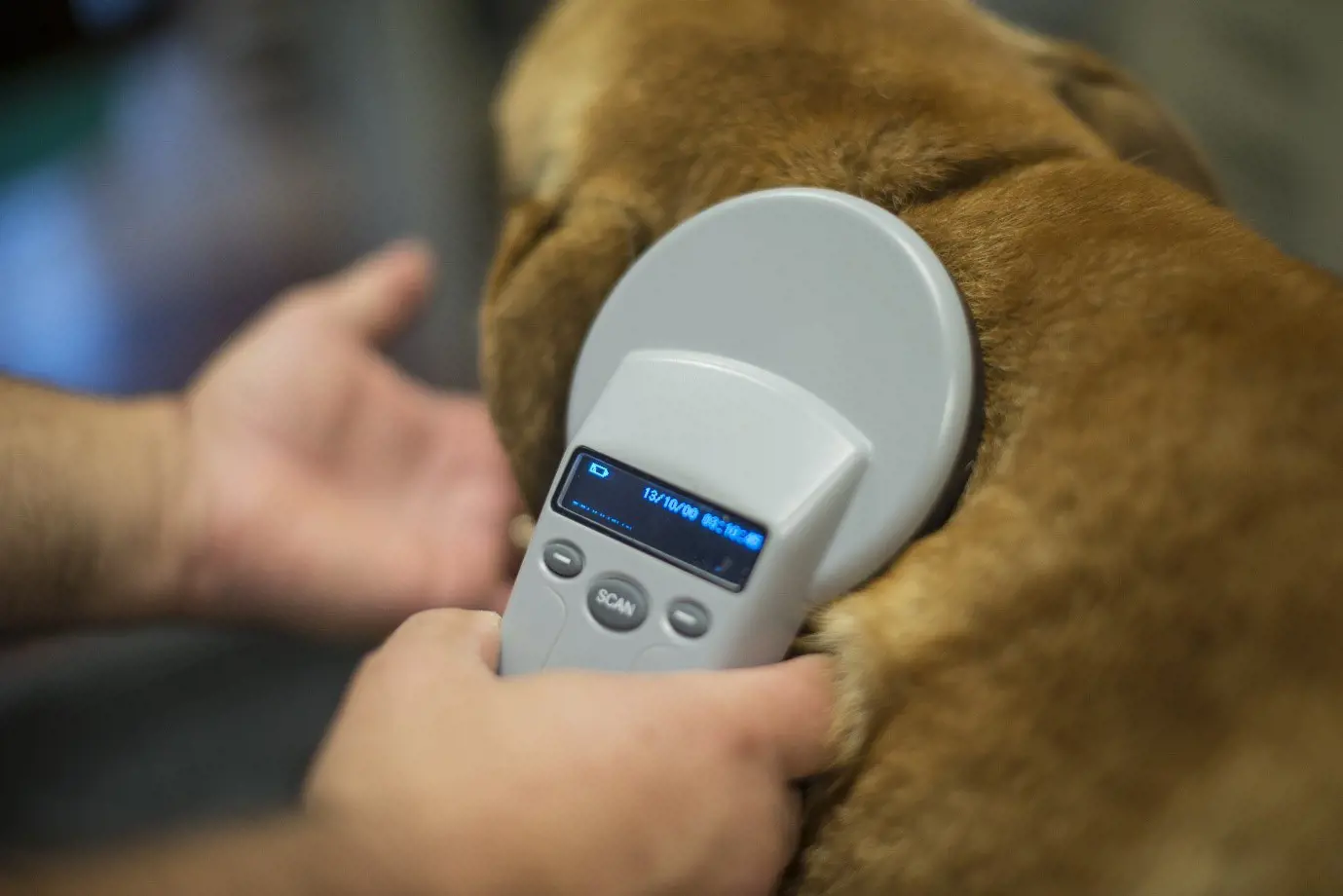How to introduce puppies to older dogs
2nd December, 2020
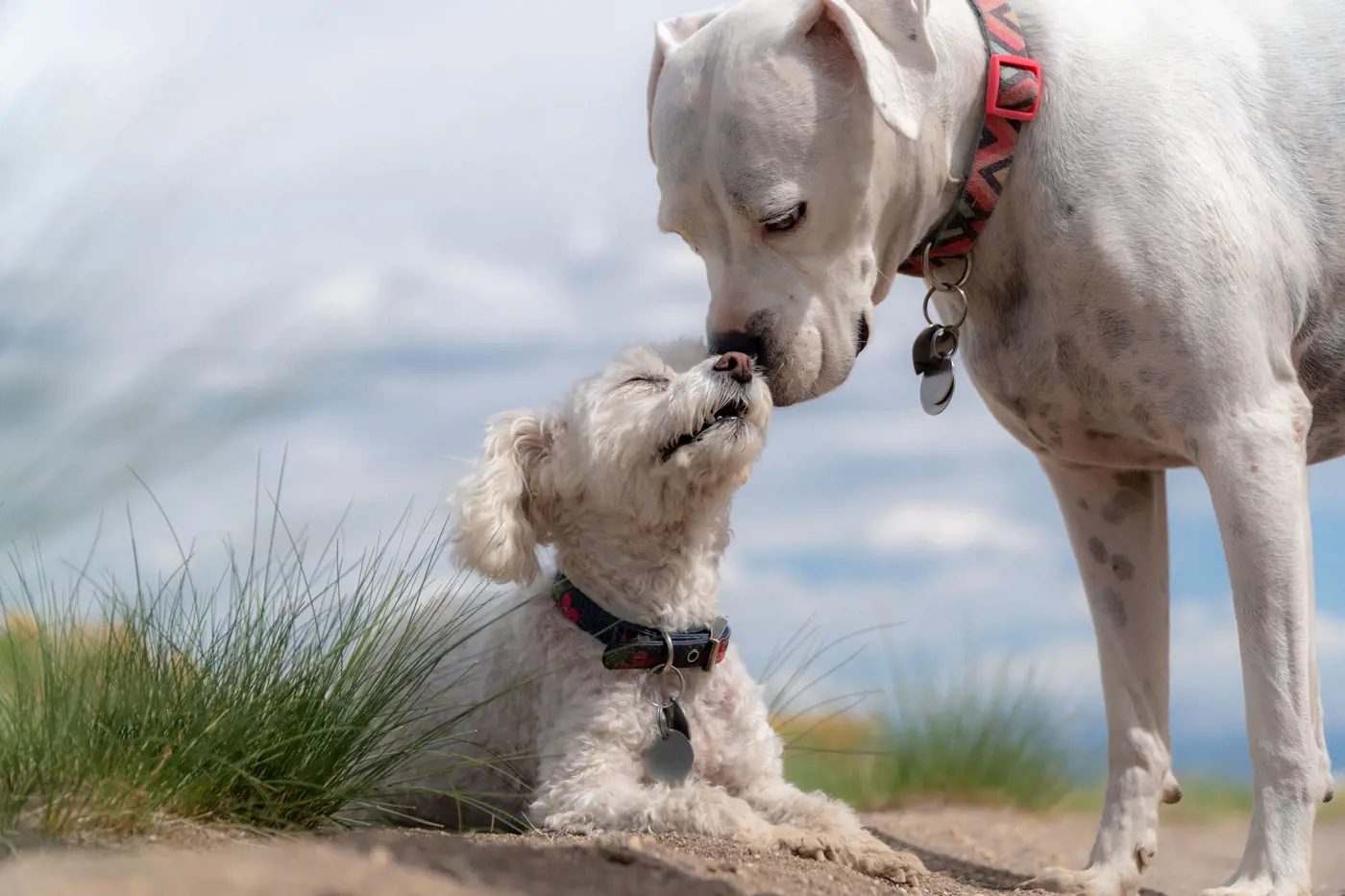
So, you’ve succumbed to puppy fever again! With their boundless energy and puppy dog eyes they really are irresistible. But while getting a new puppy is exciting for the human family members, it isn’t always so for the furry kind.
Many owners are disappointed to find that rather than welcoming the new arrival with open paws, their current canine is far from happy. This often says more about our expectations than the realities of doggy social etiquette.
Knowing what to expect and planning well in advance are vital when it comes to bringing a new puppy home for the first time. Introducing them in the right way to existing four-legged family members will help set their relationship on the right path. Setting you all up for a long and happy life together.
Having the right insurance for your dog in place before you bring them home is a great place to start but what other tips and tricks are there for making successful introductions?
Why get a puppy when you already have an older dog?
Even the oldest and grumpiest canine can get a new lease of life from the arrival of a boisterous new friend. Often owners also hope the well-behaved older dog will help teach the puppy the house rules.
These are both great reasons for taking the plunge, but sometimes it simply doesn’t work out. And when that happens it can be a torment for all concerned. You, your faithful older dog, and your puppy can all be left unhappy.
Having dog insurance in place to protect both dogs is clearly the first thing you need to arrange before any introductions but what else should you do?
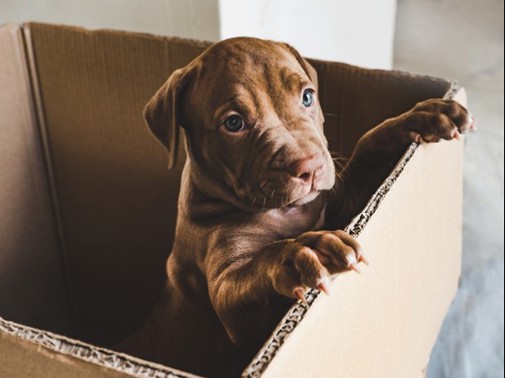
How to make the perfect puppy introduction
Introductions between a puppy and an older dog are far more likely to go smoothly if you set yourself up to succeed by following some of our top tips.
1. Swap scents
Before picking up your new puppy ask the owner, breeder or shelter manager to provide you with a towel or blanket that’s got the pup's scent on it. Scent is very important to a dog.
Letting your older dog smell the puppy’s scent ahead of time will get them used to the approaching arrival. Likewise, to help the puppy overcome their first-meeting nerves, give them something with your home scent on beforehand. That way when you meet you won’t be completely unfamiliar to them.
2. Get vaccinations up to date
Just like having appropriate dog insurance, regular vaccinations and check-ups are part of responsible dog ownership. At a young age, puppies are particularly vulnerable to infection. So, it’s important your adult dog is fully vaccinated before they meet.
Puppies themselves are typically vaccinated at eight and 10 weeks (although they can be vaccinated as early as between four and six weeks of age) with the second dose usually being given two to four weeks later.
Vaccinations are usually needed to protect against things like:
-
Canine distemper
-
Canine parvovirus
-
Kennel cough
-
Leptospirosis
-
Parainfluenza
3. Keep a distance at first meeting
For safety’s sake keeping the two dogs apart but allowing them to sniff each other at their first meeting is a good idea. Either through a fence or through the puppy’s crate will let them get to know each other’s scents and sounds. It also means you’ll feel more relaxed, thereby keeping your dogs calm, too.
This is of particular importance when there’s a big size difference between the adult dog and the new pup. Unfortunately, even a very friendly adult dog can easily injure the youngster with over-exuberant greetings. Accidents do happen and prevention is always better than cure.
4. Start off on neutral ground
Dogs are very territorial creatures so a first meeting in your adult dog’s home territory might create unnecessary problems. It’s recommended to introduce them first at a park or in someone else’s garden. That way your dog won’t feel threatened or protective of their home and might be more willing to accept the new pup.
5. Take some parallel walks together
Take the puppy and older dog for a walk with a family member or friend. It’s a great way to allow a meeting in a natural canine social environment.
Allow plenty of nose sniffing but make sure you break it up with lots of walking. The walk will be a great distraction for both dogs, allowing familiarity to build and tension to reduce.
Furthermore, exploring new smells and sights together is a good way for them to bond. Hopefully the pup will look to the older dog for reassurance while the older dog will put a protective paw around the youngster.
Warning – Until their vaccinations are complete it’s not safe for your puppy to be put on the ground in public places. In the meantime, the puppy should not be allowed to walk anywhere unvaccinated dogs could have been. Having dog insurance in place is important to protect your new pup if anything untoward happens when you’re out and about.
6. Play training games
Just as with parallel walks, playing puppy training games is a fun way to keep dogs active but also distracted during early introductions. For your pup, consider taking them to puppy training classes.
Take your older dog through some tricks or games they know while another handler does the same with the puppy. Take regular breaks for sniffing and treats and finish with some monitored playtime for both dogs.
If dispensing treats keep any eye on any aggression developing. You don’t want all your good work to become undone!
7. Praise the positive
Look out for doggy language that they’re happy to play. The tail end going up and the head going down is a classic canine invitation to some rough and tumble.
If the puppy licks the mouth and face of the older dog and rolls on their back then it’s communicating submission. This is a good sign they already understand some of the rules of the dog world.
Whines, barks and growls can be either playful or threatening depending on the circumstances. Always pay attention to any body language suggesting there’s a problem.
8. Move to home ground when they’re both ready
Once they’ve got to know each other in neutral areas you can start to move toward home territory. Start off with garden introductions before going inside. It’s often better for the resident dog to arrive at the house and find the puppy already there inside.
Body language to watch out for
For the first week or two, never leave the older dog and puppy alone together even for a moment. Be sure to follow your older dog’s regular routine and begin establishing a puppy routine also. The more consistent you are, the more likely you are to succeed.
Closely observing both dogs’ body language for the first few weeks will help you assess how they’re getting on. If the puppy is young, it may not yet understand the body language of the adult dog.
For instance, the puppy will likely want to play even if the older dog is showing clear signs of annoyance. Being jumped on, walked on and having their ears and tail nipped is likely to test the patience of even the most chilled-out hound.
Look out for these clear signs that a line has been crossed:
-
Raised fur on the back of the neck/back
-
Prolonged stares
-
Growling
-
Snarling
-
Display of teeth
-
Hunched back
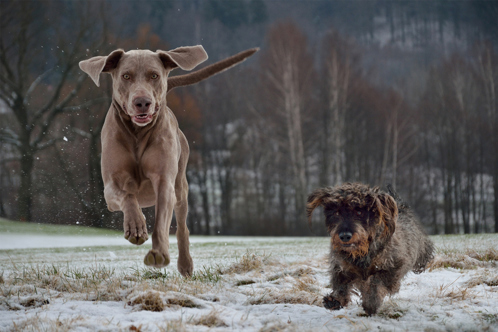
Tips on avoiding problems
Problems between your older dog and your new puppy are also less likely to arise if you use some sensible strategies.
Use separate rooms or corners
This is undoubtedly the simplest yet most effective thing you can do when a puppy arrives in a home where there’s already an older dog. Allowing them different rooms to sleep in and a place to retreat when they want to be alone is vital for happy co-existence.
Perhaps use a baby gate set up to separate the dogs if they need some time out from one another. Young puppies are lovely but can sometimes pester adult dogs. By monitoring them and stepping in if games get too boisterous, you’ll nip any problems in the bud.
Provide an initial toy-free zone
Resource guarding is a common form of aggression that can occur when a new dog is introduced to the home. To combat this, put away all toys in the house for a few days while the dogs are getting used to each other.
Supervise chew and treat time
Giving your dogs a bone or chewable treat is a great idea to make the whole experience a positive one. However, make sure to offer both dogs a treat, and be sure to separate them so they can enjoy it in peace. If one dog finishes first then remove them to avoid a fight developing over the remaining treat.
When should you not get a puppy with an older dog?
In an ideal world your older dog will help you teach the puppy correct behaviour and act as a good role model. This often happens if they are healthy, active, well socialised, well trained and friendly themselves. If they’ve already had some exposure to puppies through their life then so much the better.
Take a realistic look at your current dog to see if they have any of these traits. Are they well socialised? Are they likely to be friendly, or will they always be grumpy?
Unfortunately, an unfriendly older dog might easily scare or bully a puppy and affect their future relationships. If a puppy is taught to be nervous around other dogs then it will be harder for them to mix later in life.
Just as with good habits, bad habits can also have a tendency to be passed on from older dog to pup. If your old dog has house training issues, barks excessively, or has other behavioural problems, bear in mind they might be a bad role model for your puppy. If possible, try to change those undesirable behaviours before bringing a puppy into the home.
You also have to consider your choice of puppy breed. Is there going to be a big size difference between the two dogs? Some breeds of dog will tower over others at even a very young age.
A large puppy is capable of biting, chasing and otherwise tormenting a smaller, older dog. Likewise, older larger dogs could potentially harm a smaller breed of puppy even if they don’t mean to. Putting the time in now to research and consider potential problems is well worth the effort.
Last but by no means least, if your older dog has health issues then it is important to speak to a veterinary professional to ensure your new pup won’t make things worse. For example, a dog with a bad back needs to be protected from the attentions of an over exuberant pup using them as a ladder!
If you have a dog insurance policy from Purely Pets, then call our free 24-Hour Vet Helpline at any time for advice.
All calls to the helpline are answered by registered veterinary nurses with a minimum of three years of practical experience.
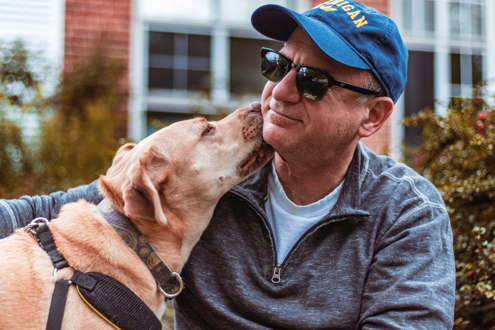
Dog insurance from Purely Pets
Taking delivery of a new puppy can open up a whole world of adventure for you and your other dog. However, whether exploring a favourite park together or indulging in some rough play, sometimes an unexpected accident can happen.
Whether a minor or a serious injury, treatment for your precious pup can get expensive. Having the right insurance cover in place is a great way to protect yourself from this financial worry.
The specialist team at Purely Pets has designed 15 levels of lifetime cover including cover for vets’ fees ranging from £1,000 to £15,000.
As well as our award-winning policies and low excess from as little as £60, you also have 24-hour access to an online policy management portal so you can manage your cover at a time that suits you.
Finding a policy to suit your needs and budget couldn’t be simpler with Purely Pets.
Get a quote for dog insurance from Purely Pets today.
Policy benefits, features and discounts offered may very between insurance schemes or cover selected and are subject to underwriting criteria. Information contained within this article is accurate at the time of publishing but may be subject to change.
Helpful Pages
Recent Posts
Pet Insurance Quote
- 98% claims paid *
- Claims paid directly to vets
- 24/7 vet video consultations
- Interest free monthly payments

